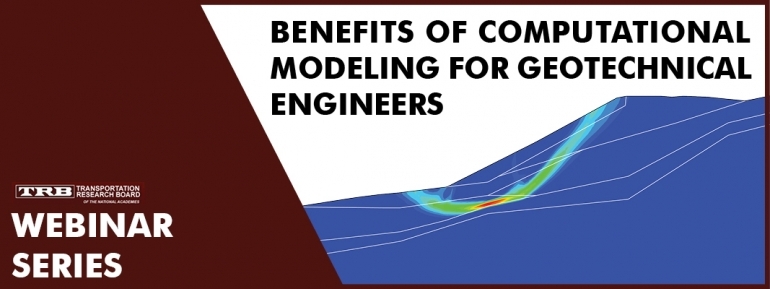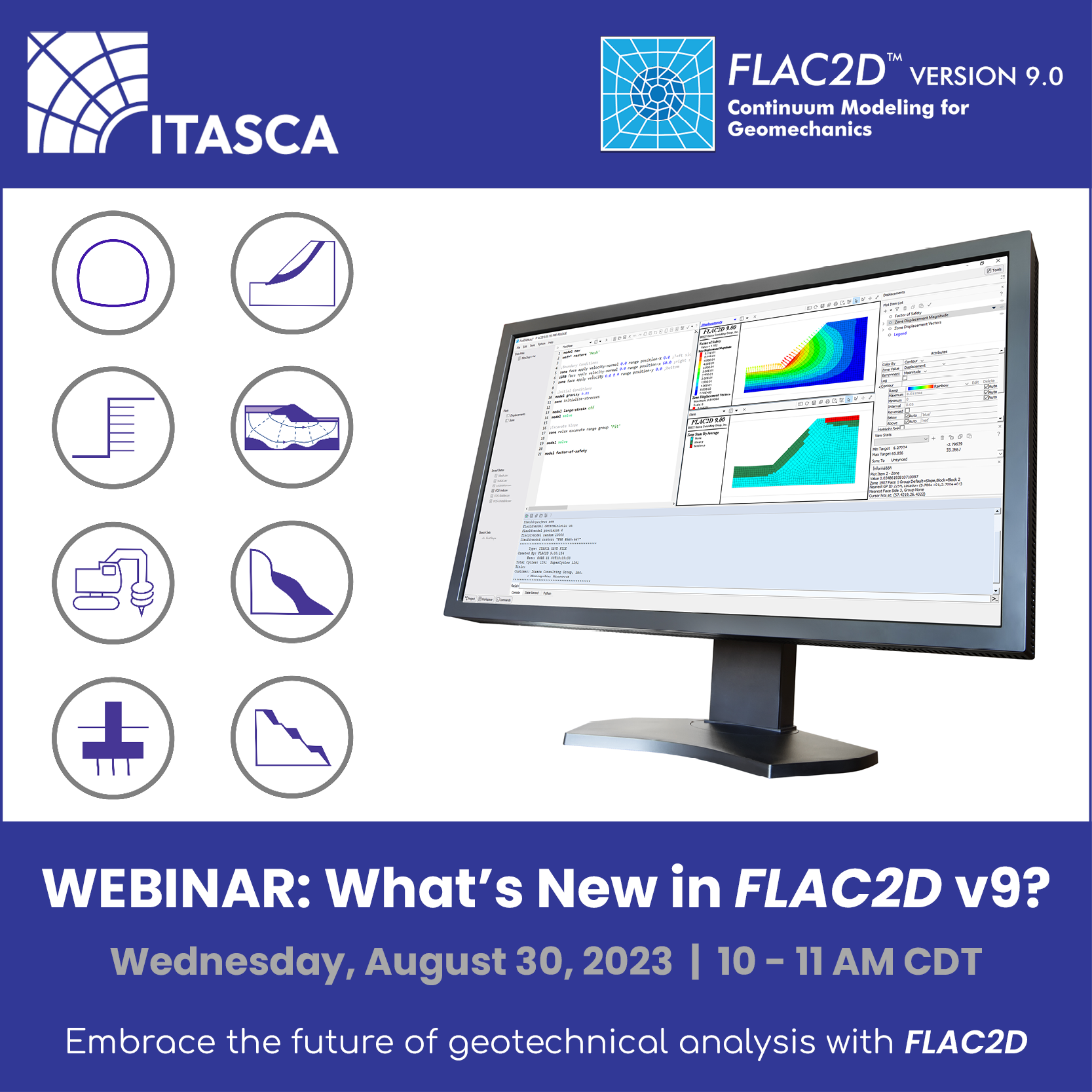
What's New in FLAC2D v9
30.08.2023
Please join our WEBINAR: What's New in FLAC2D v9? — Wednesday, August 30, 2023 from 10:00 AM - 11:00 AM CDT

What's New in FLAC3D v9
09.05.2023
This is a one-hour webinar plus Q&A session overviewing the newest features and capabilities of FLAC3D v9. Presented by Zhao Cheng, (FLAC3D Product Manager) and Jim Hazzard (Software Manager) on Tuesday, May 9th at 10 am CDT.
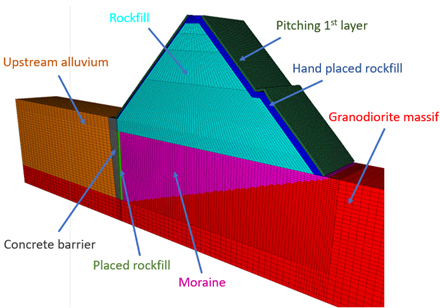
Pseudo-static behavior of rockfill dams with a dry-stone pitching: A mixed FEM-DEM approach
28.10.2022
The webinar presents the validation of the mixed continuum-discrete FEM-DEM approach. It is done by modeling, using FLAC3D and PFC3D ITASCA software, pseudo-static experiments carried out on scaled-down rockfill dams with dry-stone pitching.
A numerical model of a full-scale dam is then built using this validated approach. The construction phases and reservoir filling processes are modeled. Then, the dam seismic resistance is evaluated by performing pseudo-static tests provided by tilting the dam until failure.

Modelling railway ballast with accurate grain shape representation using rigid blocks in PFC3D
14.06.2022
The webinar introduces a workflow to digitize and simplify ballast stones, grain shape quantification systems, different contact treatment and breakage models and their application in PFC3D to simulate large scale shear box tests.

What’s New in PFC Version 7
15.12.2021
This webinar is for people who have used PFC before and are interested in the latest developments.

Numerical Modeling in Rock Mechanics - from Continuum to Discontinuum
17.11.2021
In this 30-minute webinar will different numerical modeling methods used in rock engineering be discussed. The talk will outline advantages and disadvantages of the different approaches, including continuum, discontinuum and hybrid solutions. Additionally, will examples showing the use of the different methods in real consulting projects be presented.

Meshing Solutions in 3DEC
22.06.2021
The webinar will present new tools available in 3DEC 7.0 to simplify and speed-up model construction.
This includes: building block models directly from arbitrary geometry data (imported from CAD), creating a grid that conforms to a topographic surface, an advanced meshing generator which provides greater control on the size of meshes at specific points and surfaces and allows mesh gradation within blocks, the capability to generate Voronoi blocks and many more features. The webinar will provide examples of applications and guidance on what meshing solution to choose depending on your problem.

A Numerical Exploration of Hydraulic Fracture Interference
13.05.2021
Learn how 3D numerical simulations are useful to predict and investigate possible modes of fracture interference and clarify the underlying mechanisms.

The Bonded-Particle Model as a Tool for Rock Mechanics Research and Application
06.05.2021
This webinar by Dr. David Potyondy provides an overview of Bonded-Particle Modeling (BPM) and suggests avenues for further research. You need not be a rock-mechanics practitioner to understand this talk.

2021 ARMA Student Design Competition - FLAC/Slope Webinar
09.04.2021
As part of the first ARMA Student Design Competition in 2021, this webinar will introduce the use of FLAC/Slope for slope stability analysis.

IMASS: Itasca Constitutive Model for Advanced Strain Softening
25.02.2021
This webinar will review and demonstrate the Itasca Constitutive Model for Advanced Strain Softening (IMASS) which has been developed to represent the rock mass response to excavation induced stress changes.

Griddle Version 2.0 has been Released | Learn What's New
21.01.2021
Griddle 2.0 Has Been Released! Join us for a webinar on "What's New in Griddle 2.0?"

Evaluation of impacts of lahars on structures using DEM numerical modeling
19.01.2021
Lahars represent natural phenomena that can generate severe damage in densely populated urban areas. The evaluation of pressures generated by these mass flows on constructions (buildings, infrastructure…) is crucial for civil protection and assessment of the structures’ vulnerability. The existing tools developed to model the spread of flows at large scale in densely populated urban areas remain inaccurate in the estimation of mechanical efforts.

WEBINAR: What’s New in 3DEC Version 7
01.12.2020
This webinar is for people who have used 3DEC before and are interested in the latest developments.

Webinar: Simulating Hydraulic Fracturing in Jointed Rock using XSite
12.11.2020
This webinar will demonstrate setting-up a hydraulic fracturing model in jointed rock using XSite. An overview of XSite and a discussion of the simulation results will also be discussed.

WEBINAR: 3DEC 7.0 for Beginners
10.11.2020
This webinar is for people who are new or occasional 3DEC users, or those just interested in learning more about it.

Using Rigid Blocks in PFC
15.10.2020
This webinar provides a brief overview of PFC modeling using convex rigid blocks, including example applications ranging from rock-mass behavior to granular flow, and highlights important tip and tricks and modeling challenges.
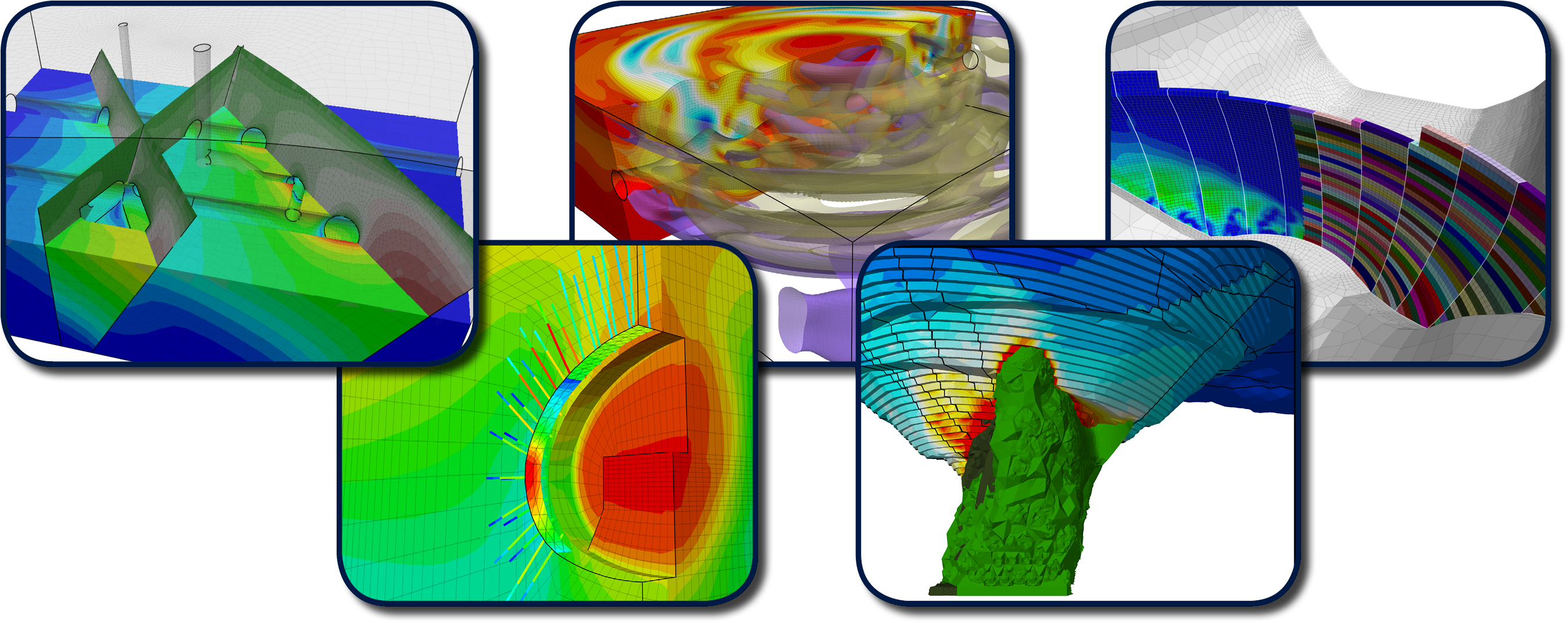
Learn More About FLAC3D 7.0
21.05.2020
Learn about the major new features and improvements in FLAC3D version 7.0.

The Art of Numerical Modelling in Geomechanics
27.02.2020
Presented by Dr. Peter A. Cundall: Numerical modeling is widely used in Geomechanics for design and diagnostic purposes, but there is an art to using the software tools correctly. It's not just a case of plugging in the data, and hitting "run". We need to understand the underlying physics, and whether the model properly represents it.

What's New in UDEC 7
03.12.2019

Discrete element modelling of dam foundations
26.06.2019
Learn about modeling dam foundations using the discrete element method with UDEC and 3DEC software in the 26th ISRM Online Lecture.
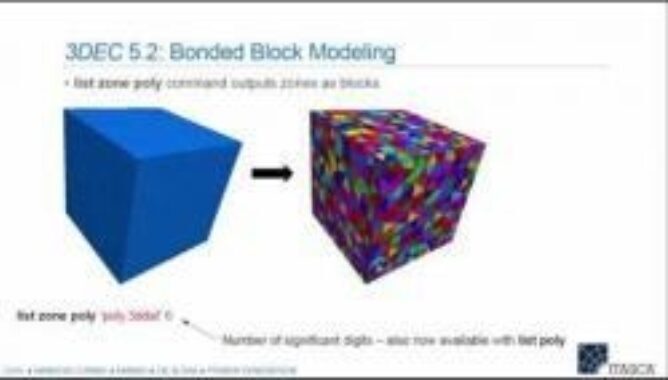
3DEC 5.2 Introductory Webinar
14.12.2016
This video is a recording of a one hour webinar reviewing the latest features in Version 5.2 of 3DEC. Presented by Dr. Jim Hazzard, 3DEC Product Manager and Lead Developer. A petroleum geomechanics case study using 3DEC modeling is also presented by Dr. Melanie Grob.




